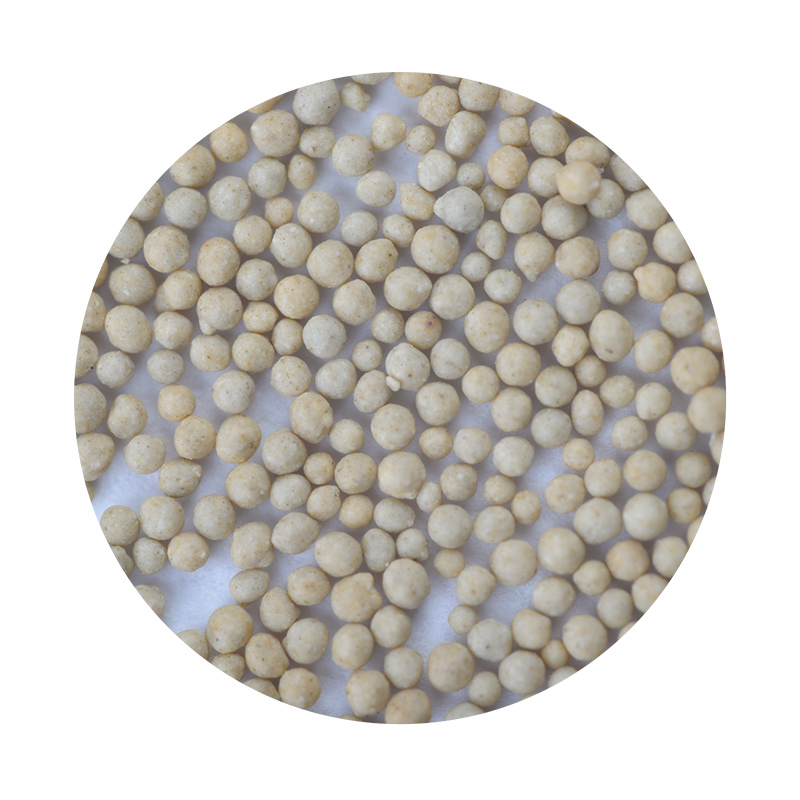The Importance of Bauxite Sand in Industrial Applications
Bauxite sand, characterized by its high aluminum oxide content, has emerged as a critical raw material in various industrial applications. This naturally occurring mineral is primarily sourced from bauxite, an aluminum-rich ore that serves as the principal source for aluminum production. The significance of bauxite sand extends beyond its role in aluminum metallurgy; it plays an essential part in several other industries, including ceramics, abrasives, and refractory materials.
Understanding Bauxite Sand
Bauxite is primarily composed of aluminum oxides, iron oxides, and other trace minerals. The process of transforming bauxite into aluminum involves several steps, beginning with crushing and refining. However, a byproduct of this process is bauxite sand, which contains a significant proportion of hydrated aluminum oxide along with impurities. The physical properties of bauxite sand—such as particle size, density, and chemical composition—are crucial for its performance in various industrial applications.
Industrial Applications of Bauxite Sand
1. Aluminum Production The most direct application of bauxite sand is in the aluminum production process. While it might not be the primary feedstock, bauxite sand can be used in secondary aluminum production, where scrap aluminum is recycled. The quality of the aluminum produced depends significantly on the purity of the bauxite sand used in the process.
2. Ceramics Bauxite sand finds an essential role in the ceramics industry. It is used as a key component in the manufacture of porcelain and stoneware. The high alumina content enhances the temperature resistance and durability of ceramic products, making bauxite sand a preferred raw material for high-performance ceramics.
3. Abrasives In the abrasives sector, bauxite sand is utilized for its hardness and abrasive qualities. It is commonly used in sandblasting and as an abrasive in various grinding and polishing applications. The angular shape of bauxite sand particles helps in better cutting and polishing, thus making it suitable for surface preparation and finishing processes.
bauxite sand

4. Refractory Materials Bauxite sand is also integral to the production of refractory materials, which are resistant to heat and thermal shock. These materials are crucial in industries such as steel, glass, and cement, where high-temperature processes are standard. The aluminum oxide content ensures that refractory bricks and castables maintain their structural integrity at elevated temperatures.
5. Construction In the construction industry, bauxite sand is sometimes used as a lightweight aggregate in concrete. Its addition can enhance the thermal properties and workability of cement mixtures, making it a beneficial component in certain construction applications.
Environmental Considerations
While the extraction and use of bauxite sand have numerous industrial benefits, it also pose environmental challenges. Mining activities can lead to land degradation, habitat destruction, and pollution of water bodies if not managed sustainably. Therefore, it is critical for companies involved in the bauxite sand supply chain to adopt environmentally friendly practices, including rehabilitation of mining sites and minimizing water usage.
Future Prospects of Bauxite Sand
With the growing demand for lightweight materials and sustainable construction practices, the future of bauxite sand appears promising. Innovations in processing technologies may further enhance the quality and applicability of bauxite sand in various sectors. Additionally, the increasing focus on recycling and circular economies may create new opportunities for bauxite sand in the recycling of aluminum and other metal products.
In conclusion, bauxite sand is a versatile and vital mineral that supports a range of industrial applications beyond aluminum production. Its unique properties make it indispensable in the ceramics, abrasives, and refractory sectors, among others. As industries increasingly recognize the importance of sustainable practices, the management of bauxite sand extraction and use will be pivotal in balancing economic benefits with environmental responsibilities. This will ensure that bauxite sand continues to play a role in modern industrial processes while contributing to a sustainable future.
Post time:снеж . 13, 2024 03:11
Next:Exploring the Role of Facing Sand in Modern Foundry Practices and Technologies
